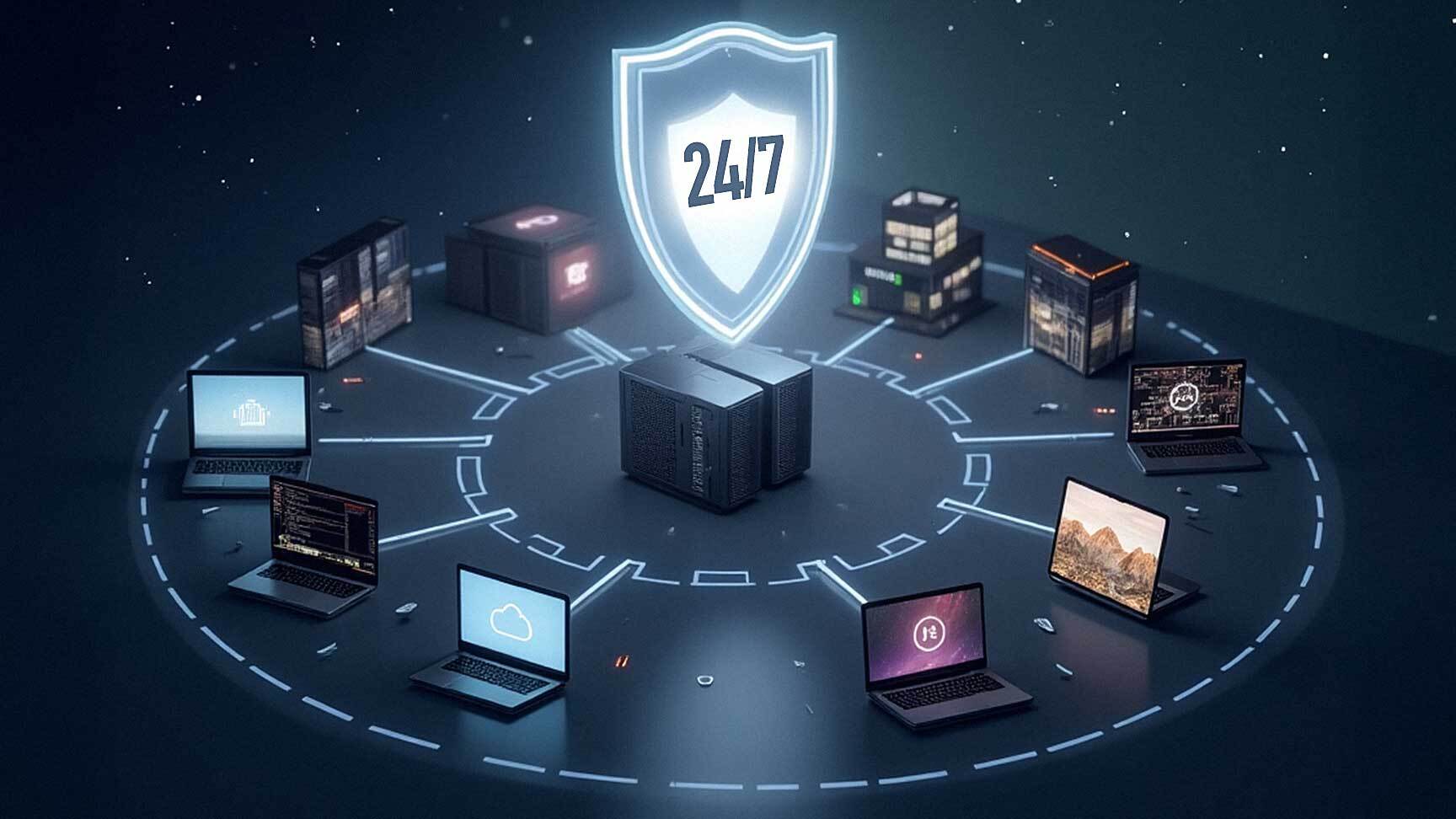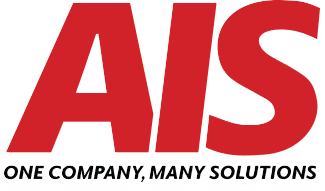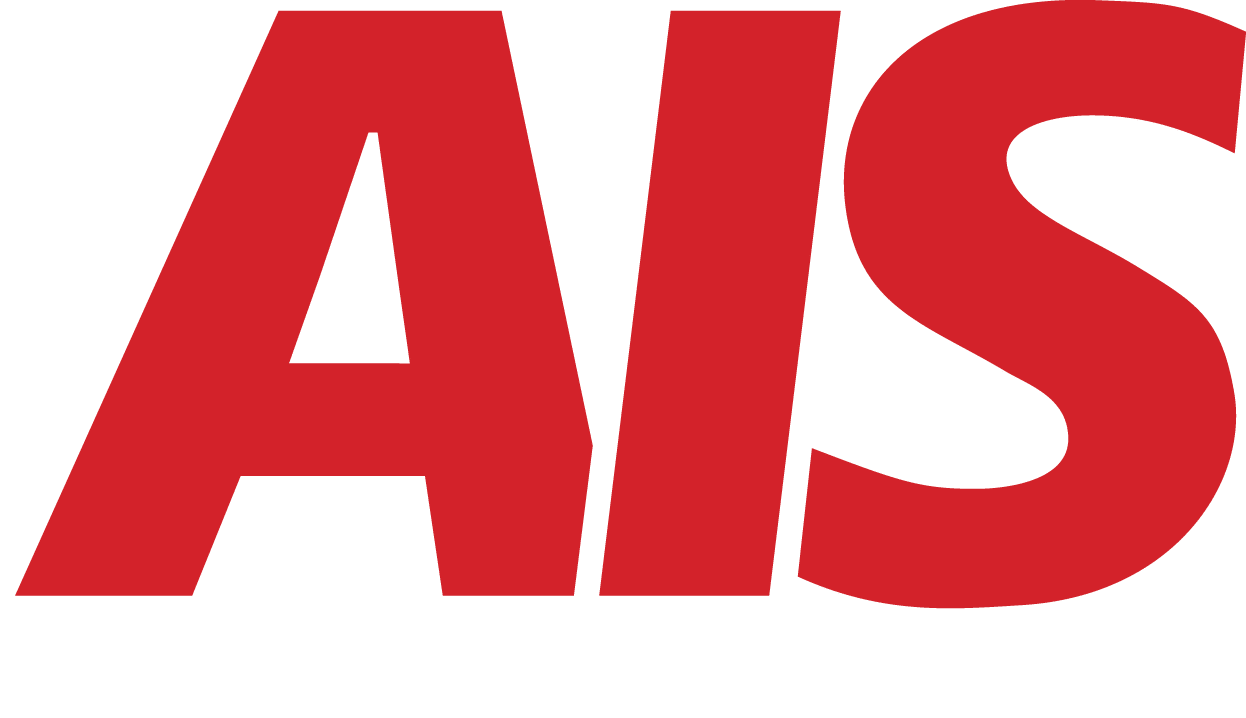Do You Really Need 24/7 IT Monitoring? What SMBs Should Know
July 23rd, 2025 | 6 min. read

If you're a small or midsize business owner, you've probably heard the pitch: "You need 24/7 monitoring." But do you? Is it worth the extra cost? Or is it just one more IT upsell that sounds good but doesn’t apply to your business?
The answer depends on your systems, your risks, and the amount of downtime your business can afford.
In this article, we’ll break down what 24/7 monitoring entails, who truly needs it, and how to determine if it's the right investment for your company.
We’ll also cover the risks of skipping it and what to look for in a monitoring provider, especially if you're not managing IT in-house.
What Is 24/7 Monitoring in IT?
24/7 monitoring refers to continuous oversight of your business’s IT infrastructure. This can include servers, workstations, cloud services, internet connections, firewalls, and even physical devices such as printers or security cameras.
The goal is to detect issues as soon as they happen, whether that’s a hardware failure, a network slowdown, a ransomware alert, or something unusual happening after hours.
Some companies confuse this with 24/7 support. Monitoring doesn’t always mean someone is actively fixing the issue at 2 a.m. It means the system is watching and flagging it immediately, so nothing slips through unnoticed.
How Does 24/7 IT Monitoring Work for Servers, Networks, and Endpoints?
Most 24/7 monitoring systems use software agents installed on your devices and systems. These agents report back on:
- System health and uptime
- Disk usage, temperature, and hardware warnings
- Antivirus and patch status
- Login attempts and suspicious activity
- Connectivity issues
When a threshold is crossed (like a hard drive nearing failure or a server going offline), the system triggers an alert. In some cases, it can take automatic action, such as rebooting a device or blocking a suspicious login.
The Difference Between IT Monitoring and Support
Monitoring is like a security camera for your IT. It watches, records, and alerts. Support is the human response when something goes wrong.
Some providers include both, but others only provide alerts. Ensure you know whether someone is simply observing or also resolving the issue when it occurs.
Do You Need 24/7 IT Monitoring?
Any business would benefit from 24/7 IT monitoring if…
Industries With Compliance or High Uptime Needs
If you operate in a field like healthcare, finance, or legal services, chances are you’re subject to compliance regulations that require secure and consistent access to systems. Even brief downtime can result in penalties or legal exposure.
If your team relies on client-facing platforms or online ordering, any outage can create a ripple effect for customer satisfaction and revenue.
Remote and Hybrid Workforces
If your employees work from home or across different time zones, the traditional 9-to-5 support model may not cut it. Issues can happen at night, over the weekend, or during a holiday.
Monitoring ensures that problems are identified as soon as they occur, not hours later when your team logs in and finds a system offline.
Small Businesses That Rely on Cloud or Hosted Apps
You might not think of yourself as an “IT-heavy” company, but if your business depends on Microsoft 365, QuickBooks Online, Zoom, or cloud-based file storage, your success depends on uptime.
24/7 monitoring provides an additional layer of protection by identifying potential outages or performance issues in real-time.
When 24/7 Is Overkill (Yes, Sometimes It Is)
If you’re a small business with one or two devices, limited internet reliance, and minimal customer-facing technology, you might not need full 24/7 coverage.
In these cases, a managed IT plan with business-hour support and basic monitoring may be sufficient, as long as your risk profile is low and you’re comfortable with some downtime if it occurs outside of business hours.
What Are the Risks of Not Having 24/7 Monitoring?
Delayed Detection of Ransomware, Outages, or Hardware Failure
One of the biggest threats to small businesses today is ransomware. Without 24/7 monitoring, you may not detect an attack until it’s too late. Nighttime or weekend infections often go unnoticed for hours, which gives the malware more time to spread.
The same goes for failing hardware. A server drive displaying warnings on Saturday may crash before Monday morning if no one is monitoring it.
Increased Recovery Time and Costs
The longer an issue goes unnoticed, the more it typically costs to fix. What could have been a simple reboot or patch update can become a complete outage or data loss situation.
Time is money, especially when systems are down.
Missed Updates, Patching, or Warning Signs
Automated monitoring often includes patch management and verification of software updates. If you're not monitoring around the clock, missed updates can leave security holes open for longer than they should be.
In IT, silence isn't always a good sign.
Downtime That Hits Outside of Business Hours
Cyberattacks don’t wait for business hours. Neither do power outages, hardware failures, or expired software licenses.
If you only have support Monday through Friday, 8:00 a.m. to 5:00 p.m., and something goes wrong on a Saturday, you could be offline for two full days before anyone even starts troubleshooting.
How Much Does 24/7 Monitoring Cost?
Monthly Pricing Ranges For SMBs
Pricing is all relative and depends on so many factors. But, here is an idea of what you may expect from a managed IT services company.
Pricing for 24/7 monitoring typically starts around $15 to $25 per user or device per month when bundled with Managed IT Services. Some providers offer it as part of a flat-rate monthly plan, while others charge separately based on your infrastructure.
A small business with 10 to 20 employees can expect to pay between $300 and $800 per month, depending on the services and support levels required.
What impacts the cost
- Number of devices being monitored
- Level of response included (monitoring only vs monitoring plus support)
- Inclusion of patching, antivirus, and backups
- After-hours response time guarantees
You’ll pay more for a hands-on response and guaranteed remediation, especially outside of business hours. But in many cases, that cost is far less than the cost of a single severe outage.
In-house IT vs Outsourced IT Monitoring
Hiring in-house IT staff to provide round-the-clock coverage is expensive. You’d need to rotate multiple employees to ensure coverage, and even then, someone would still have to be on-call overnight and on weekends.
For most SMBs, outsourcing to a Managed Service Provider is far more cost-effective. You get the tools, the monitoring software, and a skilled team, without hiring a full-time night shift staff member.
How To Know If You’re Overpaying
If you’re paying for 24/7 monitoring but still dealing with frequent issues, unclear reporting, or slow responses, it’s time to ask questions.
A good provider should give you transparency, documentation, and visible results. You should not feel like you're paying for silence.
What to Look for in a 24/7 Monitoring Solution
Real-time Alerts and Automated Responses
Your system should flag problems instantly, not hours later. Look for providers that offer real-time monitoring and automated actions, such as restarting services or isolating compromised devices.
Human Escalation and Remediation
Automated alerts are only helpful if someone responds to them. Ensure your provider has a straightforward process for human follow-up in the event of serious issues, especially outside of business hours.
Clear Reporting and Transparency
You should have access to monthly or quarterly reports that show:
- Uptime percentages
- Detected issues and responses
- Patching and update compliance
- Security alerts and outcomes
This is your window into what you’re paying for and how well it’s working.
Integration With Backup, Security, and Continuity Tools
The best 24/7 monitoring tools work seamlessly with your backup, antivirus, and business continuity systems. If your provider also handles recovery and support, all these tools should work together.
Final Thoughts: It’s Not About the Clock. It’s About Risk
You don’t need 24/7 monitoring just because it sounds good. You need it if the risk of downtime, cyberattacks, or system failures would hurt your business in ways you can’t afford.
Some small businesses can get by with business hours support and occasional check-ins. Others, especially those in sensitive or high-uptime industries, need round-the-clock visibility.
What matters most is having an honest conversation about your risk, your systems, and your recovery plan. Because when something does go wrong, knowing about it immediately can make all the difference.
Is 24/7 monitoring right for you?
AIS helps businesses evaluate their needs, reduce risk, and create customized IT plans that fit both their budget and goals. To learn more, or contact us for a no-pressure consultation.
A true southerner from Atlanta, Georgia, Marissa has always had a strong passion for writing and storytelling. She moved out west in 2018 where she became an expert on all things business technology-related as the Content Producer at AIS. Coupled with her knowledge of SEO best practices, she's been integral in catapulting AIS to the digital forefront of the industry. In her free time, she enjoys sipping wine and hanging out with her rescue-dog, WIllow. Basically, she loves wine and dogs, but not whiny dogs.



